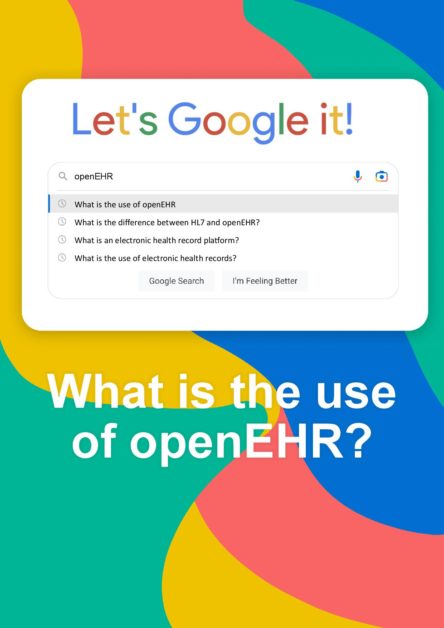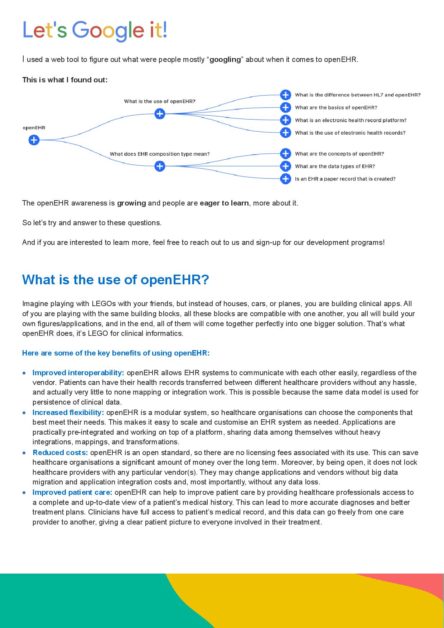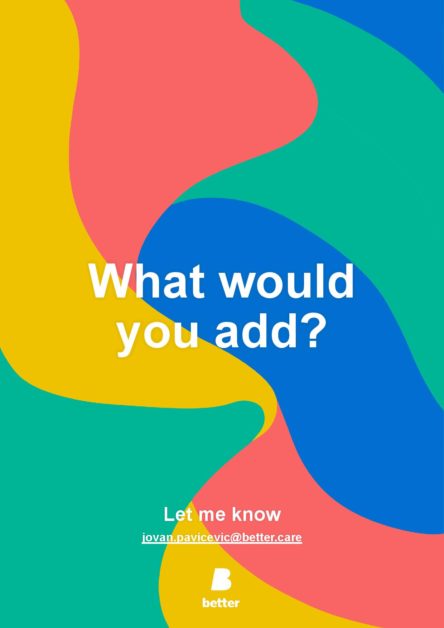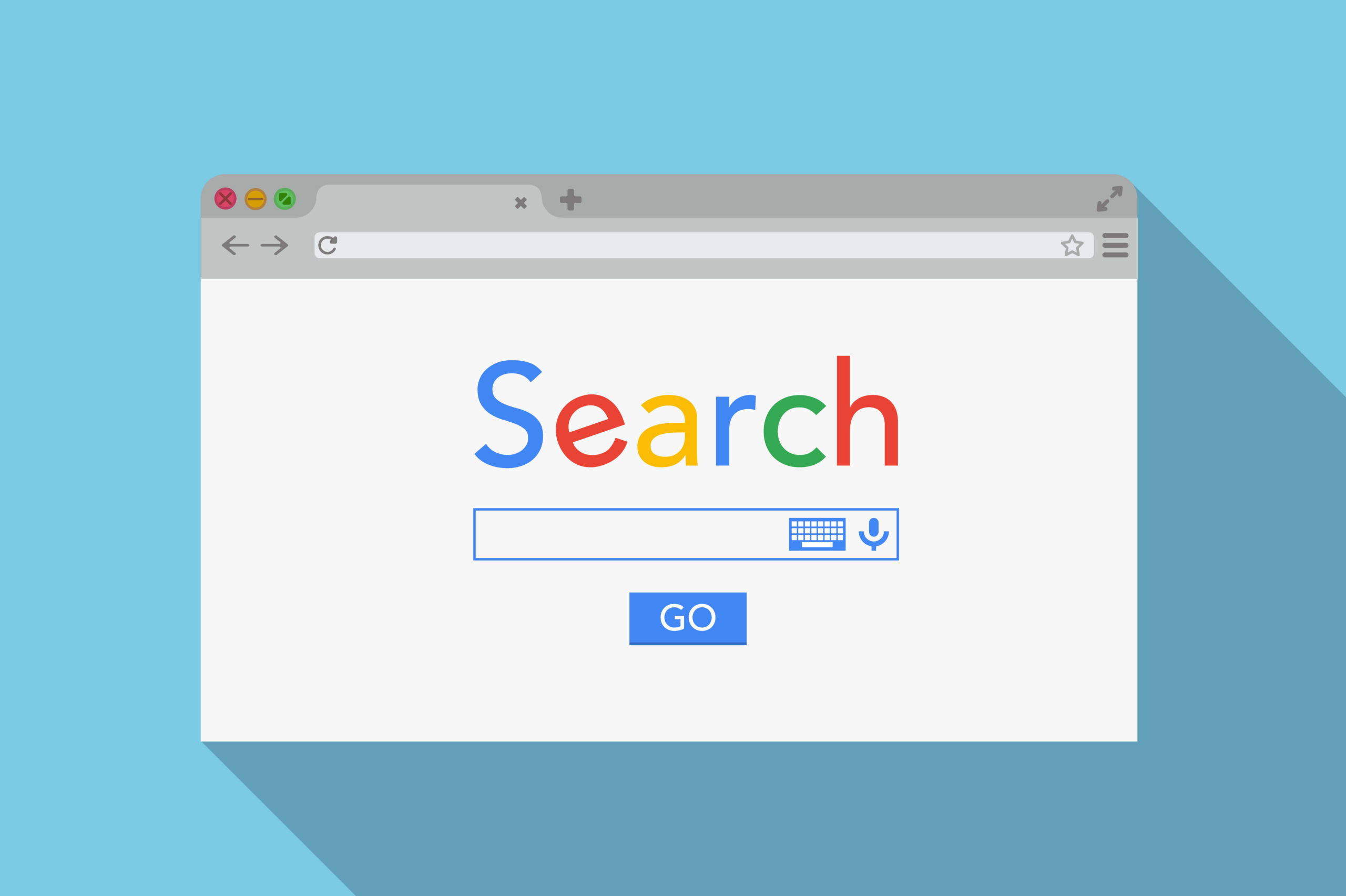There’s no doubt about it: it feels like openEHR really is having its moment, right? But we still need hard data to back that feeling up! Thankfully, Jovan Pavićević, International Markets Director at Better is on the case and recently posted the following on his Linkedin page:
“I used a web tool to figure out what people have been “googling” most about when it comes to #openEHR.🧑💻
What I found out is that the openEHR awareness is growing 📈 and people are eager to learn more about it.
So let’s try and answer most searched questions about openEHR one by one on a weekly basis.
First question is answered below: What is the use of openEHR?”



Here’s the answer, according to Google:

What is the use of openEHR?
Imagine playing with LEGOs with your friends, but instead of houses, cars, or planes, you are building clinical apps. All of you are playing with the same building blocks, all these blocks are compatible with one another, you all will build your own figures/applications, and in the end, all of them will come together perfectly into one bigger solution. That’s what openEHR does, it’s LEGO for clinical informatics.
Here are some of the key benefits of using openEHR:
• Improved interoperability: openEHR allows EHR systems to communicate with each other easily, regardless of the vendor. Patients can have their health records transferred between different healthcare providers without any hassle, and actually very little to none mapping or integration work. This is possible because the same data model is used for persistence of clinical data.
• Increased flexibility: openEHR is a modular system, so healthcare organisations can choose the components that best meet their needs. This makes it easy to scale and customise an EHR system as needed. Applications are practically pre-integrated and working on top of a platform, sharing data among themselves without heavy integrations, mappings, and transformations.
• Reduced costs: openEHR is an open standard, so there are no licensing fees associated with its use. This can save healthcare organisations a significant amount of money over the long term. Moreover, by being open, it does not lock healthcare providers with any particular vendor(s). They may change applications and vendors without big data migration and application integration costs and, most importantly, without any data loss.
• Improved patient care: openEHR can help to improve patient care by providing healthcare professionals access to a complete and up-to-date view of a patient’s medical history. This can lead to more accurate diagnoses and better treatment plans. Clinicians have full access to patient’s medical record, and this data can go freely from one care provider to another, giving a clear patient picture to everyone involved in their treatment.
If you would like to learn more, feel free to reach out to Jovan via his Linkedin page and sign-up for Better’s development programs.
Even more?! Check out Jovan’s latest Linkedin post – What is the difference between #HL7 and openEHR?

Leave a Reply